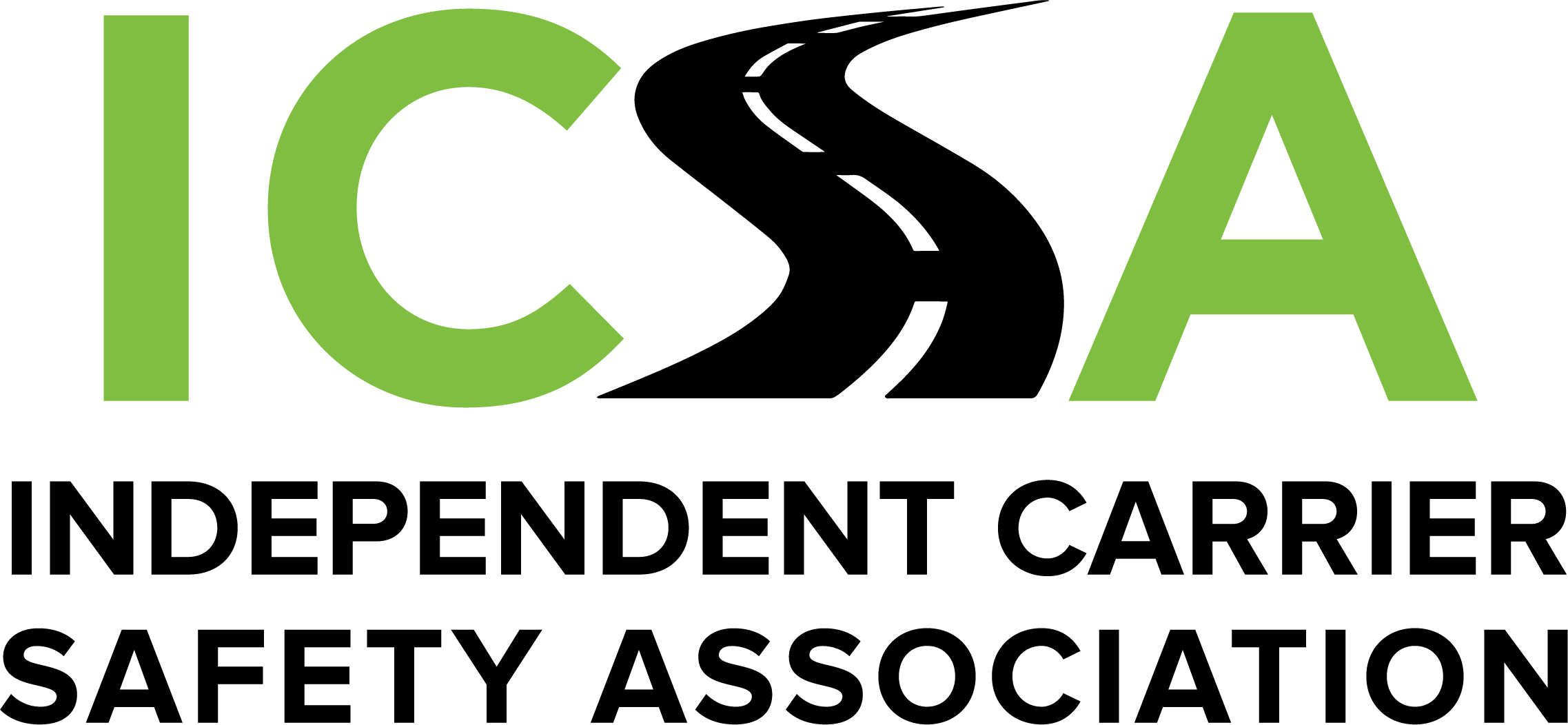Despite an 11% drop in Vehicle Miles Traveled (VMT), U.S. Department of Transportation traffic data shows that 38,824 people died in traffic crashes in 2020, the highest number since 2007. National Highway Traffic Safety Administration’s 2020 annual traffic crash data shows, that even though the total number of crashes and traffic injuries dropped in 2020, fatal crashes increased by 6.8% and the fatality rate per 100 million vehicle miles traveled increased to 1.34, a 21% increase from 2019. Data on crashes involving large trucks is still being compiled, but preliminary figures show that fatalities in large truck crashes were down 1.3%.
Truckers beware: in 45% of fatal crashes, drivers of passenger vehicles were either speeding, were impaired by alcohol or were not wearing a seat belt, or a combination of these three risky behaviors. The 2020 crash data report also breaks down data in key categories and compares it to 2019:
- Estimated number of police-reported crashes in 2020 decreased by 22%
- Fatalities in speeding-related crashes up 17%
- Fatalities in alcohol-impaired driving crashes up 14%
- Unrestrained passenger vehicle occupant fatalities up 14%
- Motorcyclist fatalities up 11% (highest number since first data collection in 1975)
- Bicyclist fatalities up 9.2% (highest number since 1987)
- Passenger car occupant fatalities up 9%
- Fatalities in urban areas up 8.5%
- Pedestrian fatalities up 3.9% (highest number since 1989)
- Fatalities in hit-and-run crashes up 26%
- Fatalities in large-truck crashes down 1.3%

